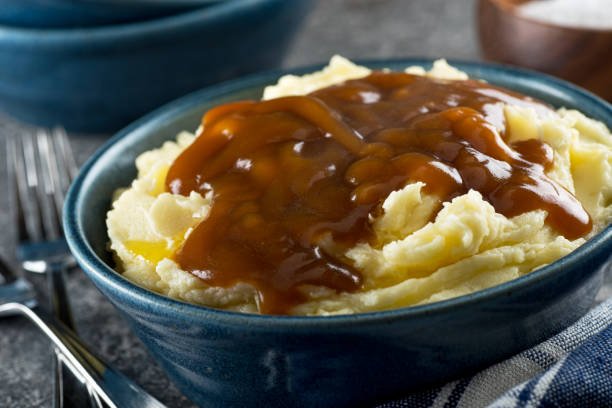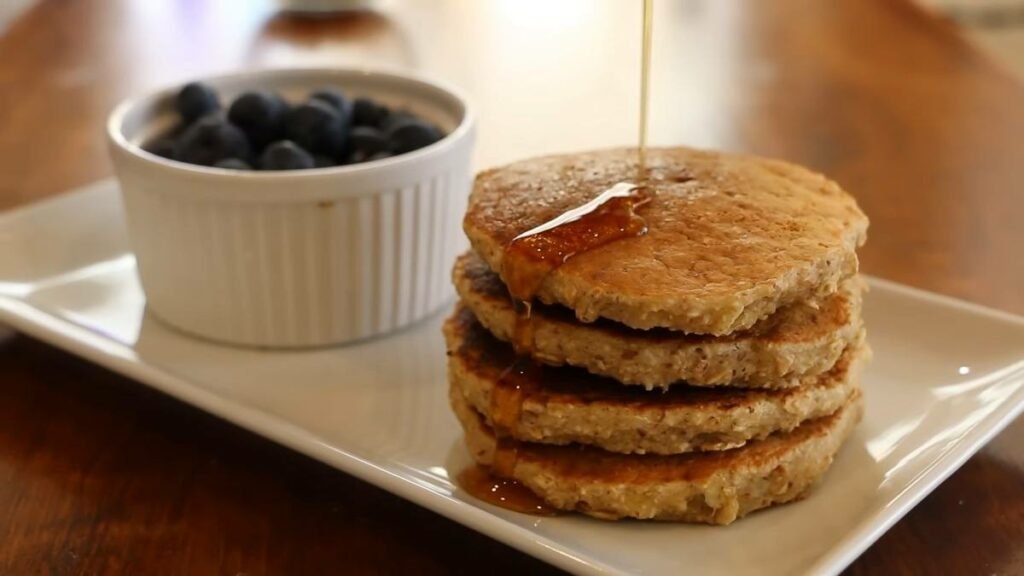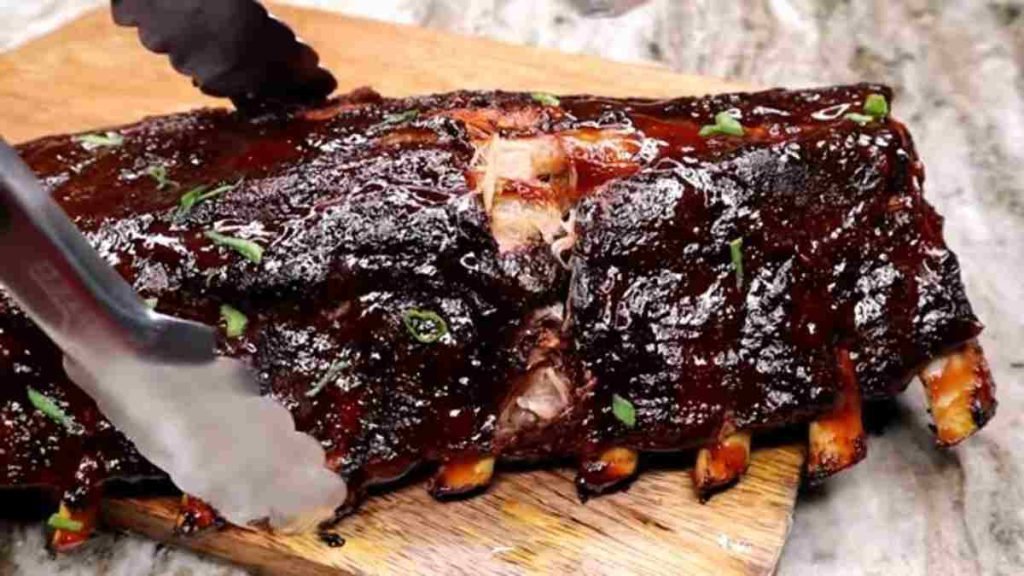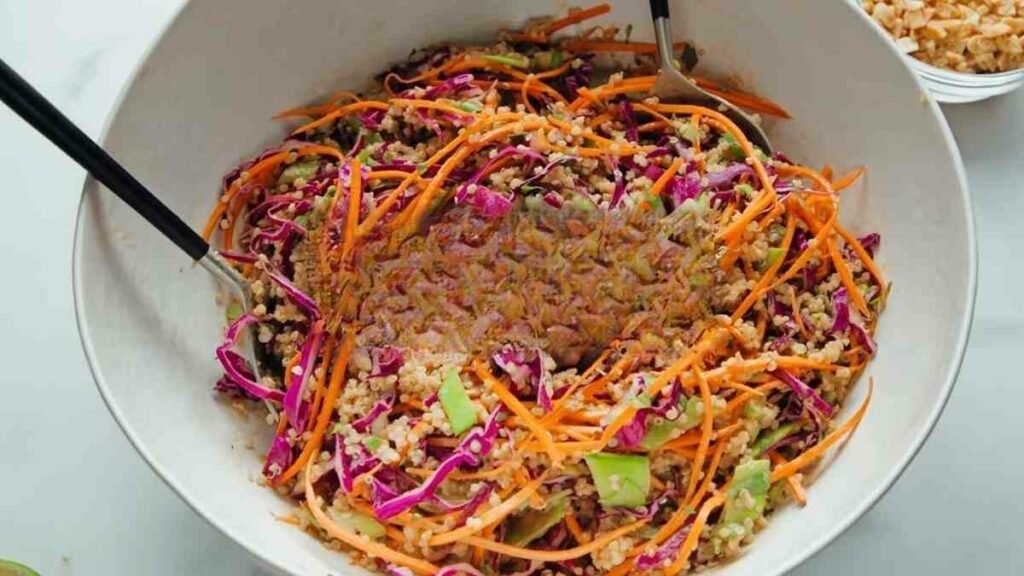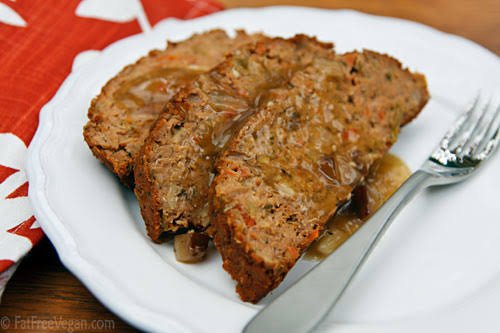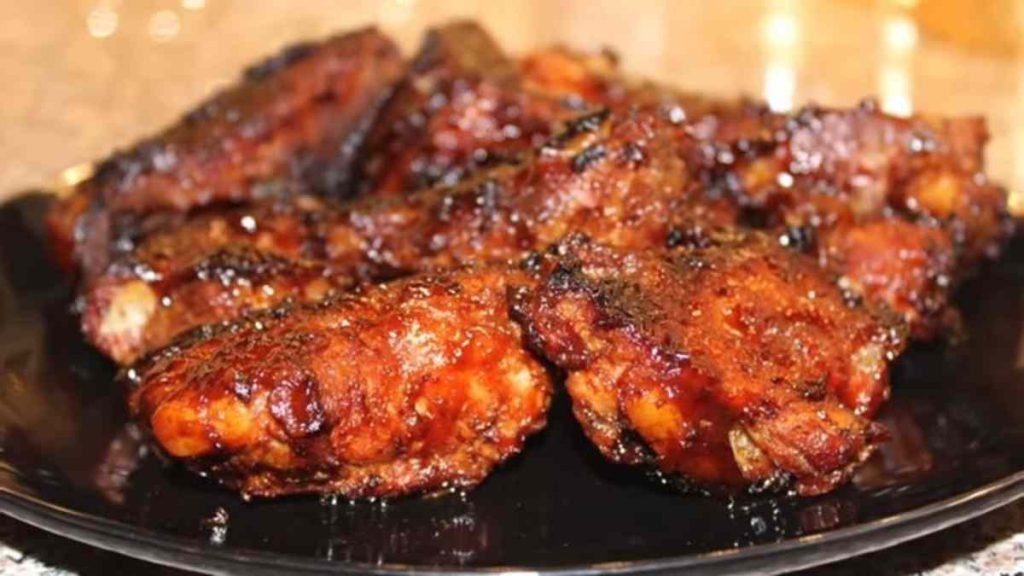Unlike traditional pie crusts or puff pastry, Phyllo dough boasts a lightness that allows the flavours of the fillings or toppings to shine through. It acts as a subtle and elegant vessel for a variety of ingredients, from savoury cheese and vegetable mixtures to sweet, nutty concoctions. The versatility of Phyllo dough lends itself to a wide range of culinary creations, making it a favourite among chefs and home cooks alike.
The unique selling point of Phyllo dough lies in its ability to elevate dishes to a whole new level. Its ethereal layers and delicate texture add a touch of sophistication to it. Phyllo dough can be moulded and shaped into various forms, creating visually stunning appetizers, main courses, and desserts that are as impressive to the eye as they are tantalizing.
Phyllo dough offers a healthier alternative to traditional pastry options. Made with minimal fat and containing no cholesterol, it allows you to indulge in cooking delights without compromising on your dietary preferences.
Ingredients For Preparing Phyllo Dough
To prepare Phyllo dough from scratch, you’ll need the following major ingredients:
- All-Purpose Flour: 4 cups
- Water: 1 ¼ cups
- Olive Oil: 2 tablespoons
- Salt: 1 teaspoon
- Vinegar: 1 tablespoon (optional)
Note: The quantities mentioned above are for a standard Phyllo dough recipe. You can adjust the quantities based on your specific needs or preferences.
Step-by-Step Guide Phyllo Dough Cooking Direction
Step-by-Step Guide to Making Phyllo Dough from Scratch:
Prepare the Work Surface
- Clear a large, clean countertop or table to work on.
- Sprinkle a light dusting of flour over the surface to prevent the dough from sticking.
Combine Dry Ingredients
- In a large mixing bowl, combine the all-purpose flour and salt.
- Give it a quick whisk or stir to ensure the salt is evenly distributed.
Create a Well
- Make a well in the centre of the flour mixture.
- This well will be used to incorporate the wet ingredients.
Mix Wet Ingredients
- In a separate bowl, whisk together the water, olive oil, and vinegar (if using).
Gradually Add Wet Ingredients
- Pour a small amount of the wet mixture into the well in the flour mixture.
- Gently mix the flour into the wet ingredients using a fork or your fingertips.
- Continue adding the wet mixture gradually, incorporating the flour until a shaggy dough begins to form.
Knead the Dough
- Transfer the dough onto the floured work surface.
- Begin kneading the dough, incorporating any remaining loose flour.
- Knead for about 10-15 minutes until the dough becomes smooth, elastic, and no longer sticky.
Rest the Dough
- Shape the dough into a ball and lightly coat it with olive oil.
- Place the dough ball back into the mixing bowl and cover it with a clean kitchen towel.
- Allow the dough to rest at room temperature for at least 1 hour. This will make it easier to roll out later.
Divide the Dough
- Once rested, remove the dough from the bowl and divide it into smaller portions (about 6-8 pieces).
- Shape each portion into a small ball and lightly coat them with olive oil.
Roll Out the Dough
- Take one dough ball and flatten it slightly with your hand.
- On the floured surface, roll out the dough ball using a rolling pin.
- Roll it as thin as possible without tearing it. Aim for a thickness of about 1/16 to 1/8 inch.
Stretch the Dough (optional)
- If you want an even thinner and more delicate Phyllo dough, you can stretch it gently by hand.
- Carefully lift the edges of the rolled dough and gently stretch it by pulling it away from the centre. Rotate the dough and repeat the stretching process until the desired thinness is achieved.
Repeat and Layer
- Repeat the rolling and stretching process with the remaining dough balls, one at a time.
- As you roll out each dough ball, lightly brush it with olive oil to prevent sticking.
- Stack the rolled-out sheets on top of each other, lightly dusting each layer with flour to prevent sticking.
Cut or Shape as Desired
- Once all the dough is rolled out and stacked, you can cut it into desired shapes or use it to line baking pans for pies or tarts.
- Trim the excess dough to fit the pan size, if necessary.
Equipment For Preparing Phyllo Dough
To make Phyllo dough from scratch, you’ll need the following equipment:
- Mixing Bowl: A large mixing bowl is essential for combining the dry ingredients and creating a well for the wet ingredients. It should be spacious enough to comfortably mix and knead the dough.
- Whisk or Fork: You’ll need a whisk or fork to thoroughly mix the dry ingredients and create a well in the centre of the flour mixture. This will allow you to gradually incorporate the wet ingredients.
- Measuring Cups and Spoons: Accurate measurements are crucial in baking, so make sure you have measuring cups and spoons to measure the flour, water, oil, salt, and vinegar (if using) precisely.
- Rolling Pin: A rolling pin is necessary for rolling out the dough to the desired thinness. Choose a long, smooth rolling pin that allows you to apply even pressure to the dough as you roll it.
- Clean Work Surface: You’ll need a clean, lightly floured work surface to roll out the dough. A large, smooth countertop or table works well. Make sure to keep it clean and free of any debris.
- Pastry Brush: A pastry brush will come in handy when brushing the rolled-out dough with olive oil to prevent sticking and add a light coating of oil for flavour and texture.
- Kitchen Towel: Covering the dough while it rests is essential to prevent it from drying out. A clean kitchen towel or plastic wrap will help maintain the dough’s moisture during the resting period.
- Plastic Wrap (Optional): If you want to rest the dough in individual portions, you can wrap each portion tightly in plastic wrap. This helps to keep the dough from drying out and forming a crust.
- Baking Pan or Tray (Optional): Depending on your recipe, you might need a baking pan or tray to line with Phyllo dough layers. Ensure it is appropriately sized for your intended dish or pastry.

Greek Beef Stifado Slow Cooker
Ingredients
- All-Purpose Flour: 4 cups
- Water: 1 ¼ cups
- Olive Oil: 2 tablespoons
- Salt: 1 teaspoon
- Vinegar: 1 tablespoon (optional)
Instructions
- In a large mixing bowl, combine the all-purpose flour and salt.
- Create a well in the centre of the flour mixture.
- In a separate bowl, whisk together the water, olive oil, and vinegar (if using).
- Gradually pour the wet mixture into the well of the flour mixture.
- Mix the flour and wet ingredients until a shaggy dough forms.
- Transfer the dough onto a floured work surface and knead for 10-15 minutes until smooth and elastic.
- Shape the dough into a ball and lightly coat it with olive oil.
- Place the dough ball back into the mixing bowl, cover it with a kitchen towel, and let it rest at room temperature for at least 1 hour.
- Divide the rested dough into smaller portions (6-8 pieces) and shape them into balls.
- On a floured surface, roll out each dough ball into thin sheets, aiming for a thickness of 1/16 to 1/8 inch.
- Optional: Stretch the rolled dough by hand for an even thinner texture.
- Brush each layer with olive oil or melted butter to prevent sticking.
- Stack the rolled-out sheets, lightly dusting each layer with flour.
Video
Tips & Tricks For The Perfect Phyllo Dough
Expert tips to help you prepare delicious and mouthwatering Phyllo dough:
- Measure Ingredients Accurately: Baking is a science, and accurate measurements are crucial. Use measuring cups and spoons to ensure you add the right quantities of flour, water, and other ingredients. Consistency in measurements leads to consistent results.
- Handle the Dough with Care: Phyllo dough is fragile and can tear easily. Be gentle when handling it, especially when rolling it out or stretching it by hand. Use a light touch and avoid excessive pressure to maintain the delicate layers.
- Keep the Work Surface and Rolling Pin Floured: To prevent the dough from sticking, lightly flour the work surface and rolling pin before rolling out the dough. However, be cautious not to use too much flour as it can make the dough dry and affect its texture.
- Rest the Dough: Allowing the dough to rest after kneading is essential. It relaxes the gluten, making it easier to roll out. Cover the dough with a kitchen towel or plastic wrap to prevent it from drying out during the resting period.
- Work in a Moist Environment: Phyllo dough dries out quickly, so it’s crucial to work in a slightly humid environment. If your kitchen is dry, place a damp kitchen towel or a bowl of water nearby to add moisture to the air. This helps prevent the dough from becoming brittle and difficult to work with.
- Oil or Butter Between Layers: Brushing each layer of rolled-out dough with olive oil or melted butter helps prevent them from sticking together. It also adds flavour and contributes to the crispness and texture of the final baked product.
- Roll Thinner for a Delicate Result: While rolling out the dough, aim for a thickness of about 1/16 to 1/8 inch. Thinner layers result in a more delicate and flaky Phyllo dough. If desired, stretch the rolled dough by hand to achieve an even thinner texture.
- Trim Excess Dough: When using Phyllo dough for pies or tarts, trim any excess dough that hangs over the edges of the pan. This prevents the excess dough from burning and ensures even baking.
- Store Properly: If you have leftover Phyllo dough, ensure it is stored properly to maintain its freshness. Wrap it tightly in plastic wrap or place it in a zip-top bag, removing as much air as possible. Keep it in the refrigerator for up to a week or freeze it for several months.
- Practice Makes Perfect: Working with Phyllo dough can be a bit challenging at first, but don’t get discouraged. It takes practice to master the technique. With each attempt, you’ll become more familiar with the dough’s behaviour and develop your preferred methods.
What To Take With Greek Phyllo Dough
Pairing Phyllo Dough with other dishes can help you enhance it overall flavour.
Spanakopita (Spinach Pie)
Combine phyllo dough with a filling of spinach, feta cheese, onions, and herbs for a classic and delicious spinach pie. The crispiness of the phyllo perfectly contrasts with the filling.
Tyropita (Cheese Pie)
Similar to spanakopita, tyropita features a filling of various kinds of cheese, often including feta. The richness of the cheese pairs wonderfully with the flaky layers of phyllo.
Baklava
One of the most famous Greek desserts, baklava consists of layers of phyllo dough, nuts (such as walnuts or pistachios), and sweet syrup or honey. The combination of crunchy layers and sweet, nutty filling is irresistible.
Galaktoboureko (Custard Pie)
This Greek dessert combines phyllo dough with a creamy custard filling and is typically sweetened with a citrus-infused syrup. The contrast between the crisp phyllo and the creamy custard is delightful.
Meat and Vegetable Pastries
Create pastries by filling phyllo dough with a mixture of seasoned meats (such as ground lamb or beef) and vegetables. These handheld treats are perfect for appetizers or snacks.
Feta Cheese and Herb Rolls
Roll phyllo sheets with a filling of crumbled feta cheese and herbs like dill or parsley. Bake until golden brown for a quick and flavorful appetizer.
Honey and Walnut Rolls
Roll phyllo dough with a sweet mixture of honey, cinnamon, and chopped walnuts. Bake until golden, and you have a delightful dessert or snack with a perfect balance of sweetness and crunch.
Greek Salad
Serve a light and refreshing Greek salad alongside phyllo-based dishes to balance the richness. Tomatoes, cucumbers, olives, and feta cheese with a simple olive oil dressing work well.
Yogurt Sauce
Prepare a tangy yoghurt sauce with garlic, lemon juice, and fresh herbs. This can be served as a dipping sauce for phyllo creations.
Mint Tea
Accompany your phyllo-based desserts with traditional Greek mint tea. Its refreshing qualities provide a pleasant contrast to the richness of the pastries.
How Do I Prevent Phyllo Dough From Drying Out?
Preventing phyllo dough from drying out is essential for achieving a flaky texture in your dishes. To maintain moisture, cover unused portions with a slightly damp kitchen towel or layer them between sheets of plastic wrap while keeping a damp towel on top.
Work efficiently and keep your work surface clean and dry to avoid compromising the texture of the phyllo. Brushing each sheet with melted butter or oil during layering helps seal in moisture and adds flavour. Additionally, promptly re-seal the package and refrigerate any unused portions to preserve freshness. When working with frozen phyllo dough, follow the recommended thawing instructions to ensure even moisture distribution.
How Can I Store Leftover Phyllo Dough?
Preserving leftover phyllo dough involves careful wrapping and refrigeration to prevent it from drying out. Once you’ve used the required amount, tightly wrap the remaining sheets with plastic wrap, ensuring a snug fit to minimize exposure to air. Placing the wrapped phyllo in a zip-top bag or a vacuum-sealed bag further protects it from moisture loss.
For short-term storage within a few days, refrigeration suffices. Keep the phyllo in the cooler part of the fridge, ideally between 32°F to 40°F (0°C to 4°C). However, if you plan to use it beyond a few days, freezing is recommended for prolonged freshness. Freeze the wrapped phyllo in an airtight container, and when ready to use, thaw it in the refrigerator for several hours or overnight.





